Travelling with INTO Places
Discover the World with Your Membership
The National Trust for Canada is a proud member of INTO Places (International National Trusts Organisation), an international organization that celebrates Trusts and heritage around the globe. With your National Trust for Canada membership, you not only have free access to 100 Passport Places in Canada, but over 1000 more around the world!
Looking for some travel inspiration? Here are 10 international heritage sites you can explore for free with your membership!
RED TOWER ‣ Mellieña, Malta
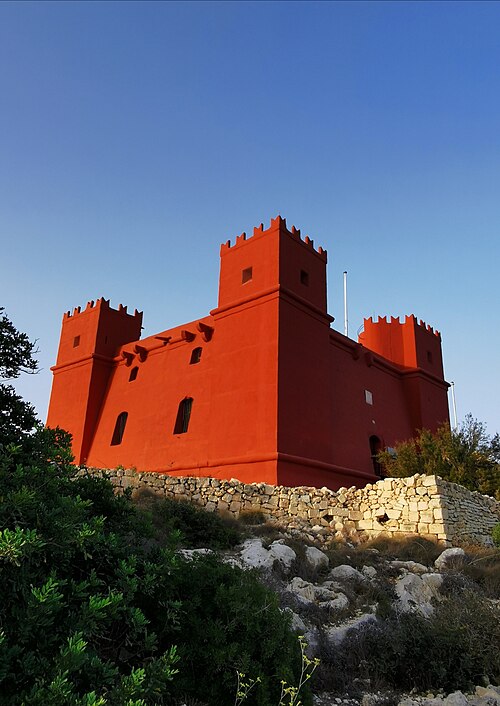
Red Tower (1647-1649), Mellieña, Malta | Din l-Art Ħelwa. Forti Sant’Agata. National Trust of Malta | Photo: Marco borg, CC BY-SA 4.0
The Red tower, or officially St. Agatha’s Tower (named after the patron Saint of Malta) is a striking bastioned watchtower designed by Antonio Garsin and built between 1647 and 1649, during the reign of Giovanni Paolo Lascaris, Grand Master of the Order of St. John. Offering a strategic view of Mellieħa Bay, the Red Tower would be continuously used over the next three centuries, including as a signal station in World War I, and a telecommunication station in World War II. By the mid-twentieth century, the newly formed Din l-Art Ħelwa, the National Trust of Malta, began lobbying for the much-needed restoration of the Tower, which had sustained much structural damages over its long history, including the collapse of two of its four turrets. Since then, the tower has undergone several additional restoration efforts, with Din l-Art Ħelwa being awarded official guardianship of the tower in 2003.
SIEDLĘCIN TOWER ‣ Siedlęcin, Poland
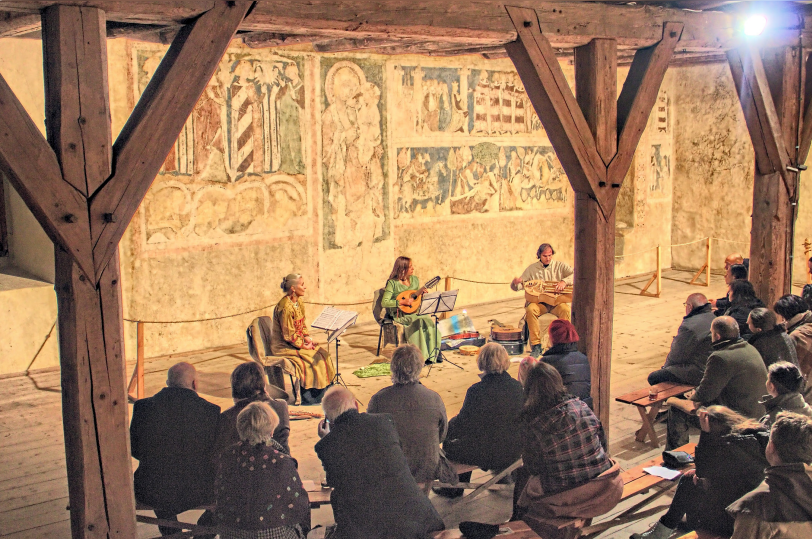
Siedlęcin Tower (1313-1314), Siedlęcin, Poland. Wieża Ksziążęca w Siedlęci. Chudow Castle Foundation | Photo: Elzbieta Bojczuk
One of the best preserved keeps in Central Europe, Siedlęcin Tower in the scenic Bóbr Valley is one of the most important mediaeval monuments in Poland. Over hundreds of years the tower has fulfilled many functions, combining housing, ceremony and defence in the Mediaeval period, functioning as a state-owned farm and coal depot during communism. It features the oldest preserved wooden ceilings in Poland and the unique gothic frescoes in the Great Hall are the only mediaeval paintings of the Arthurian legend of Sir Lancelot that are located in situ, making this tower especially significant.
GUARD HOUSE PARK ‣ Bodden Town, Cayman Islands
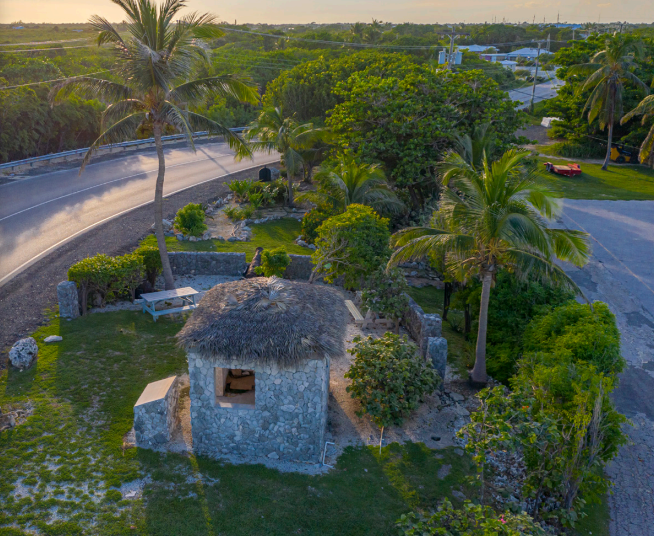
Guard House Park (c. 1830s), Bodden Town, Cayman Islands. National Trust for the Cayman Islands | Photo: Omari Rankine
Located in the old capital of Bodden Town, Guard House Park honours part of the defensive structures constructed to protect the Cayman Islands from pirate attacks and Spanish marauders. As the threats of attack diminished, defences were no longer necessary and eventually fell into ruin. Today, Guard House park honours the memory of this defensive structure, with locally-designed informative panels providing visitors with the context and history associated with this site.
RȘI WOODEN CHURCH ‣ Urși, Romania
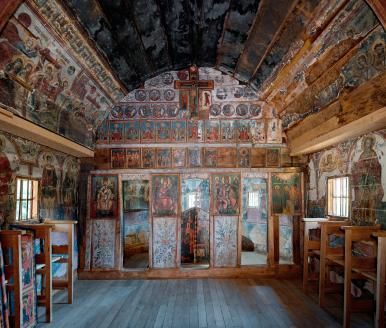
Urși Wooden Church (c.1757-1784), Urși, Romania. Biserica de Lemn Urși. Pro Patrimonio Foundation
This wooden cemetery church in Romania was built between 1757 and 1784 and is part of a larger group of 60 modest-sized wooden churches that preserve authenticity of craftsmanship and local values. The interior and exterior frescoes added in 1843 are painted in a post-Byzantine style with Western influences, a technique that is extremely rare in this region. In 2014, Ursi wooden church was nominated to the 7 Most Endangered program in partnership with Europa Nostra and is a remarkable example of this wooden heritage that is specific to the region.
GREAT LAXEY WHEEL ‣ Laxey, Isle of Man

Great Laxey Wheel (1854), Laxey, Isle of Man. Manx National Heritage
Designed by the Victorian engineer, Robert Casement, the Great Laxey Wheel was completed in 1854 to pump water from the depths of the Laxey mines. The impressive
22.1m (72.6 feet) diameter structure found immediate popularity and has remained one of the Island’s most iconic and dramatic tourist attractions for 170 years. An award winning conservation project has recently been completed to the world famous waterwheel, with a second phase of works now underway.
WELCHMAN HALL GULLY ‣ Saint Thomas, Barbados
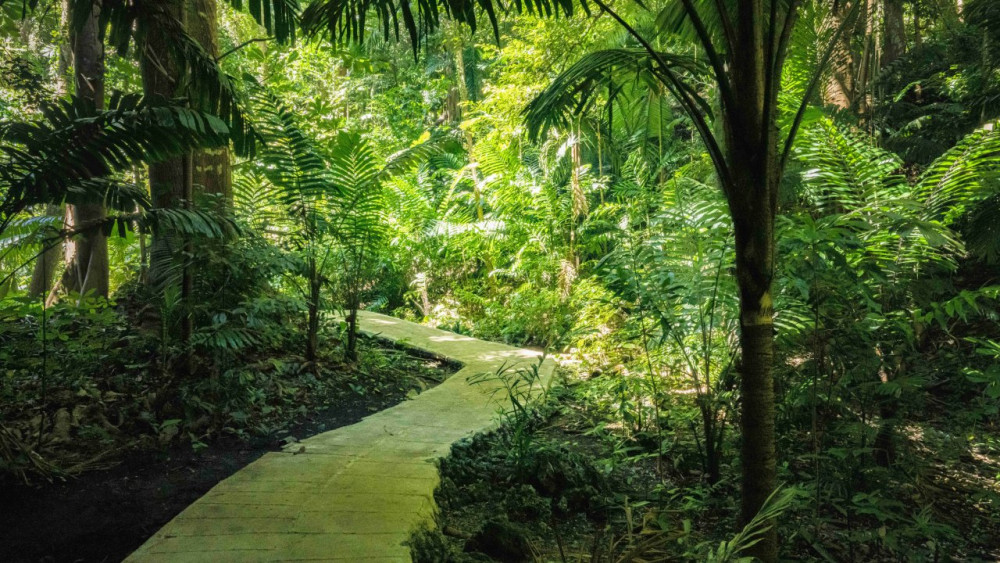
Welchman Hall Gully, Saint Thomas, Barbados. Barbados National Trust | Photo: Andre Donawa
After being banished by Cromwell in 1650, Welsh soldier General William Asygell Williams travelled to Barbados and established a plantation which he named Welchman Hall. It was General Williams who began to develop the gully by planting orchards and exotic trees, and eventually developing the grapefruit from sweet orange and shaddock. Today, Welchman Hall Gully is a tropical getaway in the heart of Barbados and a “living lab” for conservation efforts.
HOBART PENITENTIARY ‣ Hobart, Tasmania
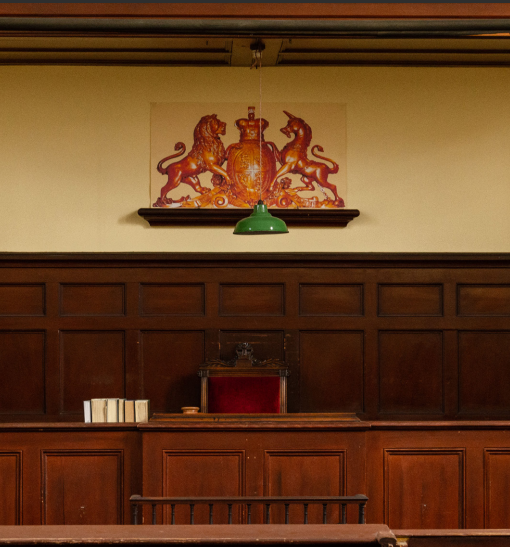
Hobart Penitentiary (1821), Hobart, Tasmania. National Trust Tasmania
First opened in 1821 as Hobart Prison Barracks, Hobart Penitentiary processed all male convicts transported to Van Diemen’s Land (now Tasmania) until 1853. The penitentiary, or “the Tench” as it was known to inhabitants, closed in 1963, though the courtrooms continued to operate until the 1980s. Today, the penitentiary is home to Convict Memorial, a digital history experience where visitors can trace the lives of each of the 750,000 convicts transported to Tasmania between 1803 and 1853, the Rogue’s Gallery, a series of portraits of colourful convict characters, as well as site tours of the courtrooms, tunnels, cells, gallows and exercise yard.
MABUKUWENE ‣ Bulawayo, Zimbabwe
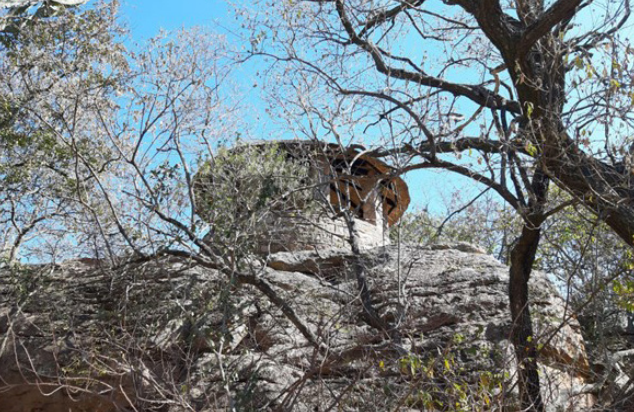
Mabukuwene, Bulawayo, Zimbabwe. The National Trust of Zimbabwe
Translating to “the look-out” or “high point”, Mabukuwene is built upon a rocky outcrop 1,422 m above sea level offering stunning panoramic views among 12 hectares of indigenous trees and plants. Alongside the 80 species of indigenous trees and up to 100 species of birds, Mabukuwene also has a long social heritage that can be traced back 250,000 years and up to the early colonial era. Archaeological sites, rock paintings, village remains, graves, and various brick and stone structures transport visitors to this nature reserve back in time.
JEJANG VILLAGE | 마을 수준 ‣ Jejang, South Korea
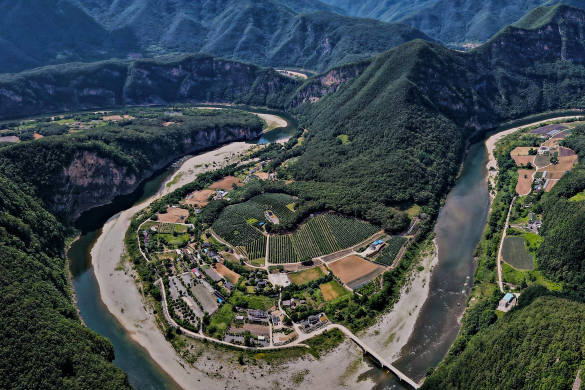
Jejang Village, Jejang, South Korea | 마을 수준 | Photo: National Trust for Korea
Located on the banks of the River Dong, Jejang Village was once a prosperous place for raft carriers to stop and rest before the introduction of modern transportation. The areas surrounding Jejang Village are ecologically diverse and home to several endangered species. Visitors to Jejang Village can visit Dooonggang Sarang house, built in 2005 using eco-friendly straw-bale construction, or enjoy the nearby hiking trails.
NO 1 PUMP STATION ON WHADJUK NOONGAR COUNTRY ‣ Mundaring, WA, Australia
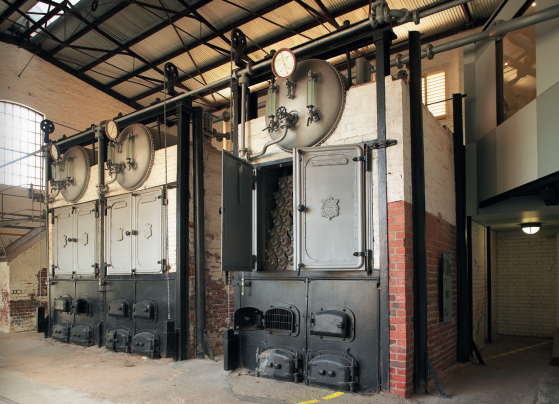
No 1 Pump Station on Whadjuk Noongar Country (1901), Mundaring, WA, Australia. National Trust Western Australia | Photo: ©National Trust of Western Australia
Constructed as part of a series of eight steam pump stations designed to bring water to this notoriously dry region of Western Australia, No. 1 Pump Station is preserved as one of Australia’s most significant industrial heritage sites. All three original Babcock and Wilcox boilers remain. Visitors can explore hands-on pump handles, interactive models and videos, you can also enjoy a walk across the 1902 dam wall to take in this impressive feat of engineering and beautiful scenery.
KOTELNA COAL MILL ‣ Libčice nad Vlatvou, Czechia
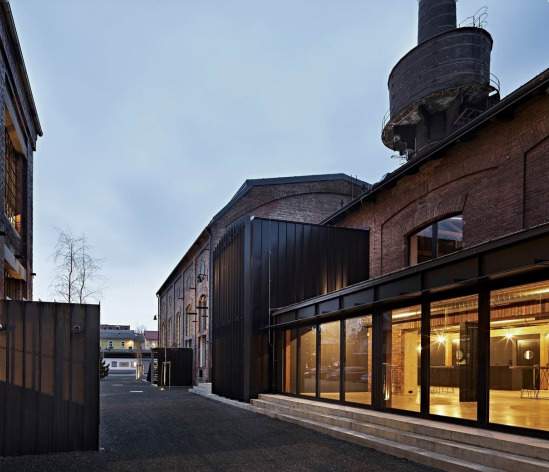
Kotelna Coal Mill (c. 1930), Libčice nad Vlatvou, Czechia. Uhelný Mlý. Czech National Trust
Originally a coal mill located on the premises of a 19th century screw mill, more than 1600 people once lived and worked in and around this brownfield. After being abandoned and falling into disrepair, the site was purchased by Czech architect Patrik Hoffman in 2010, and today the Architecture Grand Prix 2013 winner has become a lively event space, ART.TO gallery, and design showroom.


